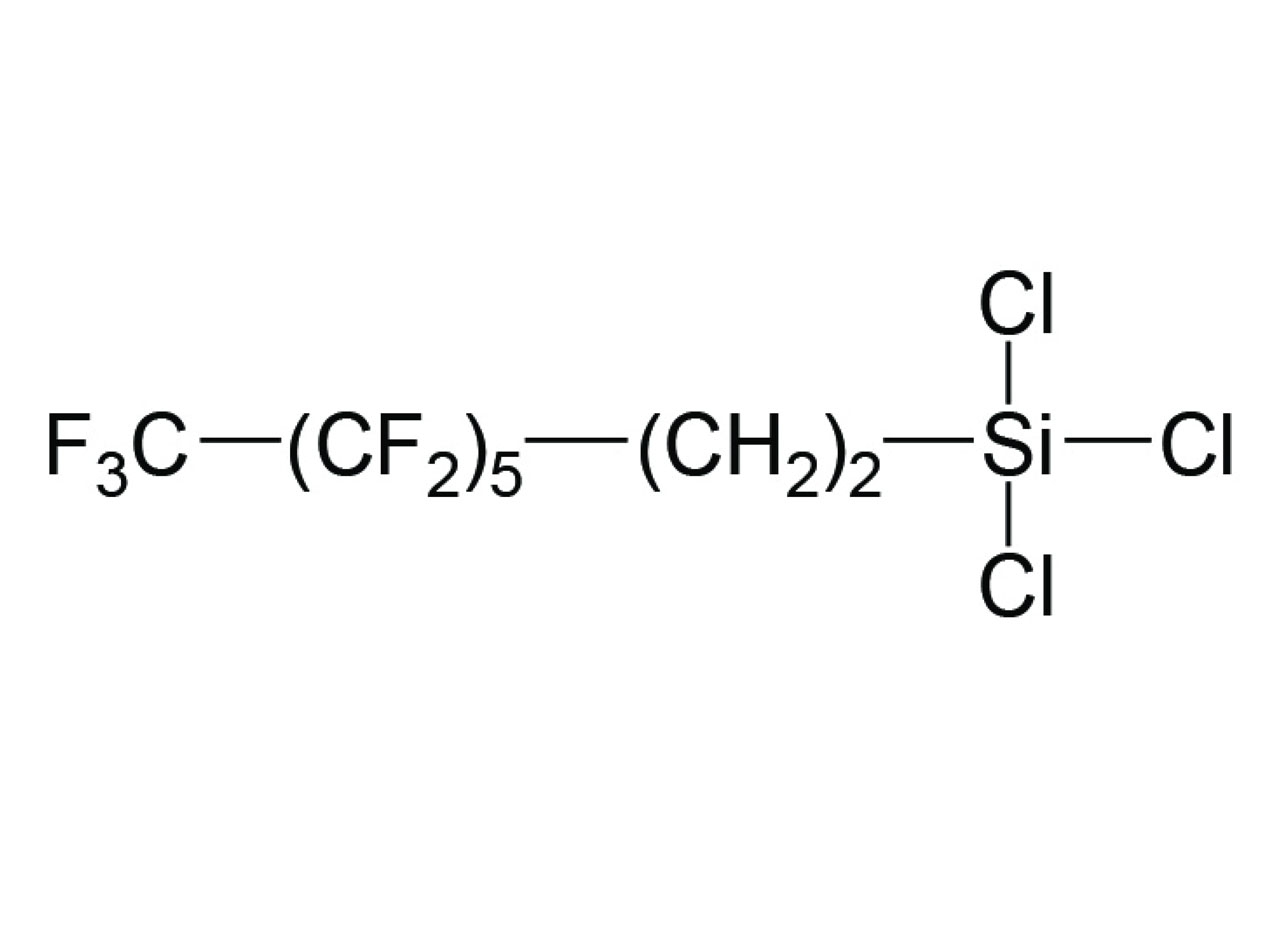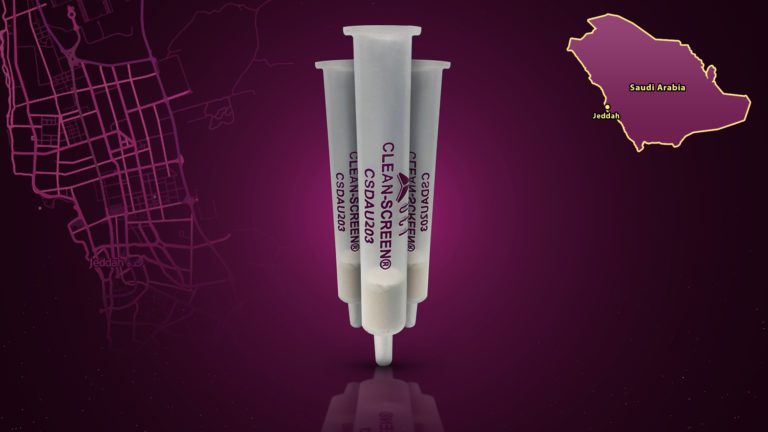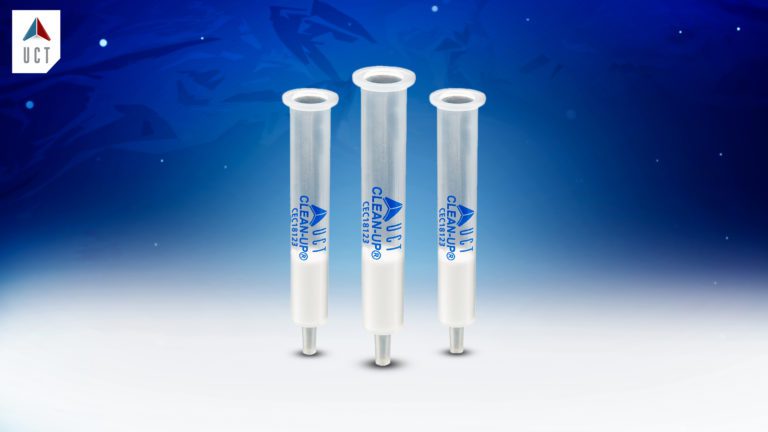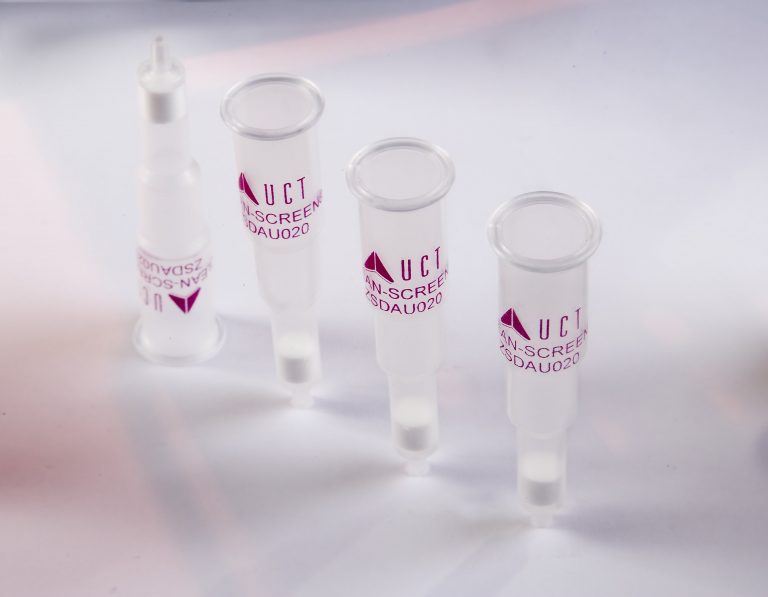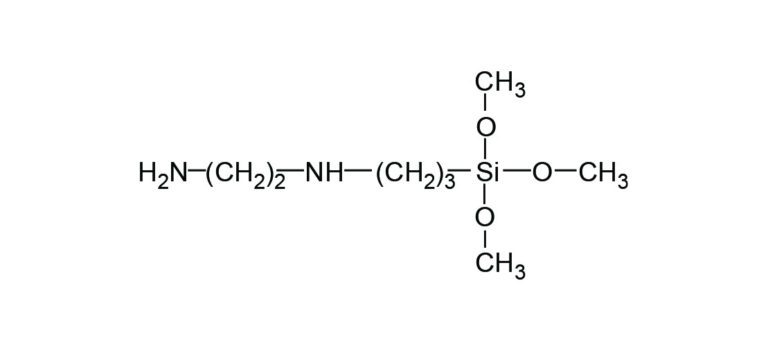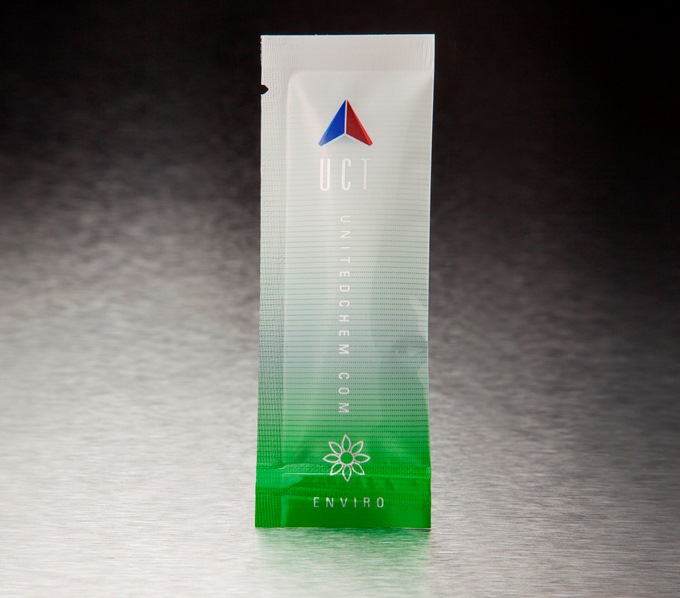Physicochemical Properties Predict Retention of Antibiotics in Water-in-Oil Droplets
The ability to study antibiotic resistant pathogens by using methods such as antimicrobial susceptibility testing (AST) is important, especially with the rapid emergence of more and more antibiotic resistant pathogens. AST is a method with uses droplets of solutions as individual, isolated environments, thus allowing for high-throughput experiments. The ability for small molecule antibiotics to either be transported between two droplets or be retained in one droplet is highly dependent on the physical and chemical properties of the molecule. Using a model previously used to track retention and transfer of doxycycline, a broad-spectrum antibiotic, a research group from the Institute of Physical Chemistry in Poland was able expand upon that study to investigate retention and “leakage” (or transfer to another droplet) of 95 different antibiotics. This model used microfluidic chips produced using UCT’s tridecafluoro-1,1,2,2 tetrahydrooctyl) trichlorosilane (T2492) as a mold release agent. These chips were then used to co-incubate two kinds of droplets, one with an antibiotic and a red fluorescent dye, and the other with E. Coli. producing a green fluorescent protein and a blue fluorescent dye. When leakage of an antibiotic would occur, the bacteria in the second droplet would stop expressing the green fluorescent protein, and the droplet would change from a green to a blue color fluorescence, measurable using a fluorescence microscope. After studying the interactions between the two droplet, and considering 36 different chemical descriptors, the researchers found that together X log P, or how hydrophobic/hydrophilic a compound is, and the fractional polar surface area, how much of the molecule is polar, show good correlation with experimental data, and may be used as a predictor of retention of the antibiotics in the droplet. While there are still challenges to these types of studies, this study opens a new avenue for discussion amongst scientists.
Citation: Ruszczak, A.; Jankowski, P.; Vasantham, S. K.; Scheler, O.; Garstecki, P., Physicochemical Properties Predict Retention of Antibiotics in Water-in-Oil Droplets, Anal. Chem., 2023, Article ASAP. DOI: 10.1021/acs.analchem.2c04644 (accessed 01/09/2023).
https://pubs.acs.org/doi/10.1021/acs.analchem.2c04644?ref=pdf#

